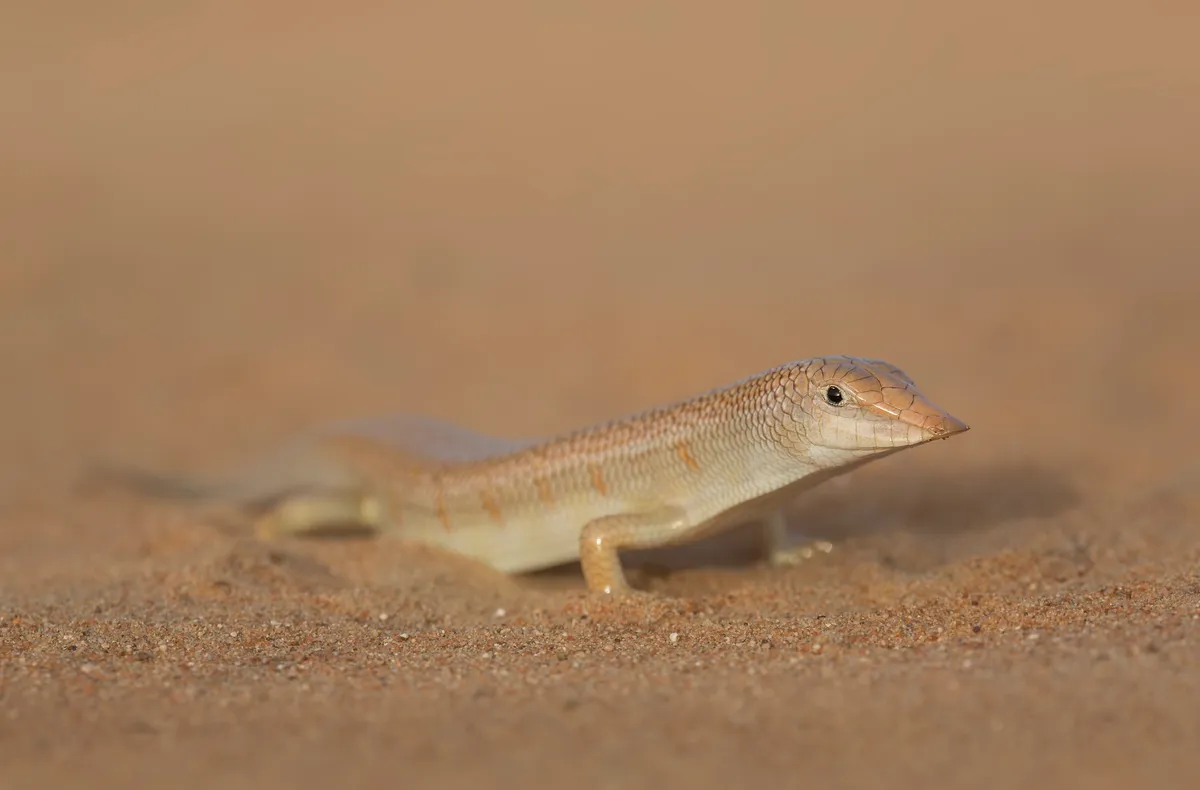Where do organisms live? Although habitat, ecosystem, environment and niche are often used interchangeably in everyday speech, those terms are commonly confused yet have distinct meanings in science.
Get ready to put on your most pedantic voice and say “Actually, I think you’ll find...” because you’re about to learn how to be technically correct – the best kind of correct.
What’s the difference between habitat and ecosystem?
A habitat is a geographic location, an ecosystem is a set of interactions among species – including who-eats-whom in a food chain – and between the living and non-living (biotic and abiotic) parts of nature. It sounds strange, but exactly where a species lives isn’t especially relevant to the concept of ecosystems.
But while the scientific distinction is clear, governmental policy-makers and conservation groups tend to use an alternative definition of habitat – as an ‘environmental unit’ featuring certain species and on-site conditions. That’s closer to the ecosystem concept and contributes to confusion around the terms.
So what’s a microhabitat?
No, it’s not just a small habitat! Microhabitats result from dividing an area into sections based on your chosen criteria – by height in a tree canopy, say. At large scales, grouping adjacent habitats based on shared features – such as climate – gives a ‘biome’ that supports a community of organisms. To come full circle, microbes that live around an animal’s body inhabit its microbiome.
Habitats have boundaries that animals can cross, such as when birds migrate from summer mating grounds to where they live during winter. They’re physical places, and living things aren’t typically considered ‘part’ of the location... although many habitats are classified by the presence or absence of plants.
What types of habitat are there?

The International Union for Conservation of Nature (IUCN) lists nine broad classes of terrestrial habitat: forest, savanna, shrubland, grassland, wetlands, rocky areas, caves/subterranean, desert and artificial habitats (such as pastureland). One global map showed that forest has the largest land coverage, at 27 per cent.
There are six aquatic classes. Besides artificial habitats (such as ponds), five are marine: neritic (shallow waters), oceanic, deep ocean floor, intertidal and coastal. IUCN’s classification scheme is still a work in progress though – for example, the coastal type includes freshwater lakes!
How does habitat differ from environment?
You can describe a habitat without reference to living things. The key feature of a desert is sand, for instance. By contrast, the word environment means ‘to surround’ so the fact it revolves around something is implicit. An environment is the natural phenomena that surround and interact with a particular organism – it has a relative position in time and space, whereas a habitat doesn’t move.

That distinction is illustrated by considering two species that share the same habitat but experience different environments: a desert lizard that’s active at night enjoys cool temperatures but is wary of nocturnal predators, a diurnal species must cope with the environmental challenge of heat during the day.
What is a niche?
It’s the subset of environmental conditions that affect a specific population of organisms. The word has subtly distinct meanings in different scientific fields though! In ecology, a niche is determined by the resources – especially food – that are required by the population. But in evolution, a niche is the outcome of environmental pressures – such as limited food – that drive natural selection.
They’re two sides of the same coin but, by analogy, an ecological niche is like a house where a species could potentially live, while an evolutionary niche is where it’s actually made itself at home.
Do habitats determine biodiversity?
Yes! Everybody knows tropical rainforests and coral reefs are rich in species, but the number of different locations in a given area – habitat richness – is also associated with higher biodiversity.
Mapping the distribution of habitats (as ‘environmental units’) across Europe suggests that the strongest predictor of richness is local geography, especially surface topology and latitude: rough terrain and being closer to the equator create a greater diversity of habitats.
Main image: A forest in Dartmoor. © Getty Images
